CC2 Twin Slab Material Testing Report
Curling Testing Report
The separation of the corners of the inside slab from the base during the first year following curing can be seen in Figure 1. Data traces not shown for transducers listed, in this or other figures, is an indication that reliable signals were not received.
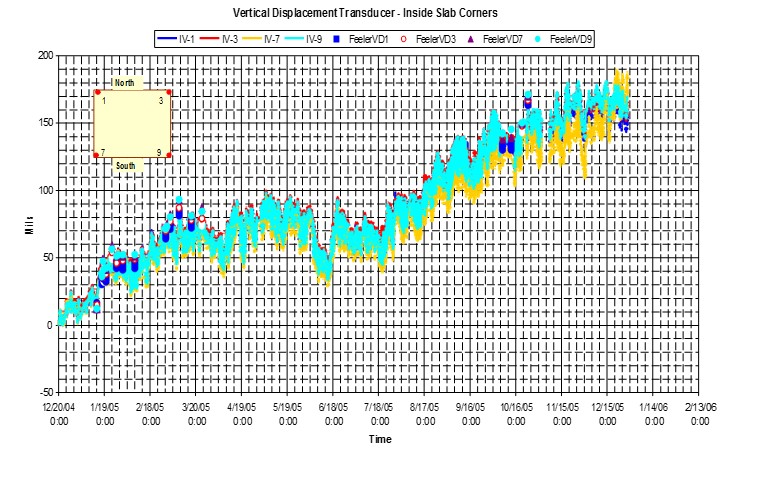
FIGURE 1. Upward Displacement of Corners, Inside Slab, Year 2005.
As in the original single slab test (inside), sharpest increases in separations occurred at the start of the drying period and during the warmer months. The tight variations in the data traces were the result of displacement increases and decreases caused by daily temperature variations.
For any given day, curl was usually the highest during the early morning temperature lows, and lowest during the midafternoon temperature highs. There was no significant movement at the slab center. Figure 2 shows the temperature history of the inside slab for the first year after curing. Temperatures at the top of the slab (IT-1A) were lower than within the slab during the cold months and higher during the warm months.
Figures 3 and 4 show the separation of the corners of the inside slab from the base during the second and third year following curing. Curl in the slab had become permanent. The highest separations approached 200 mils and the lowest 120 mils. Temperature history continued in the slab as it had the first year, Figure 2.
The separation of the corners of the outside slab from the base during the first year following curing can be seen in Figure 5. Figure 6 shows the second year. Rainfall in the outdoor environment prevented any significant permanent curl from developing. Daily variations in vertical displacements were much higher, however, than experienced with the inside slab due to much greater variations in the daily temperatures. Temperature history of the outside slab during the first year following curing can be seen in Figure 7. Temperature history was similar during the second and third years.
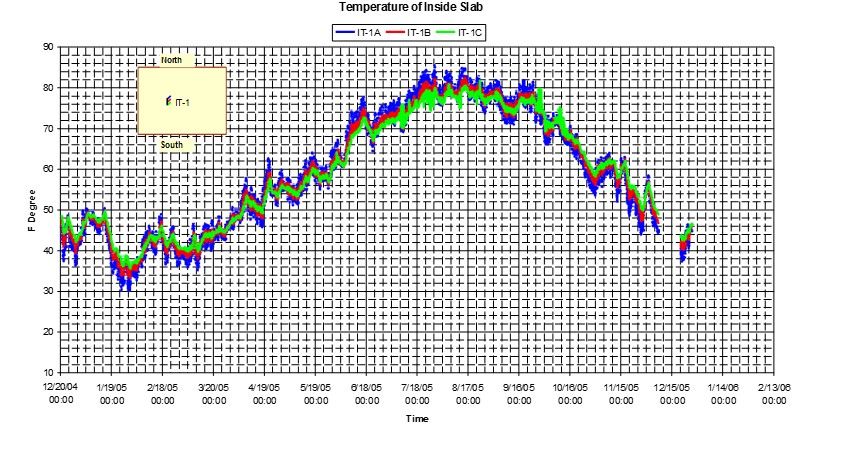
FIGURE 2. Concrete Temperatures through Thickness of Inside Slab, Year 2005
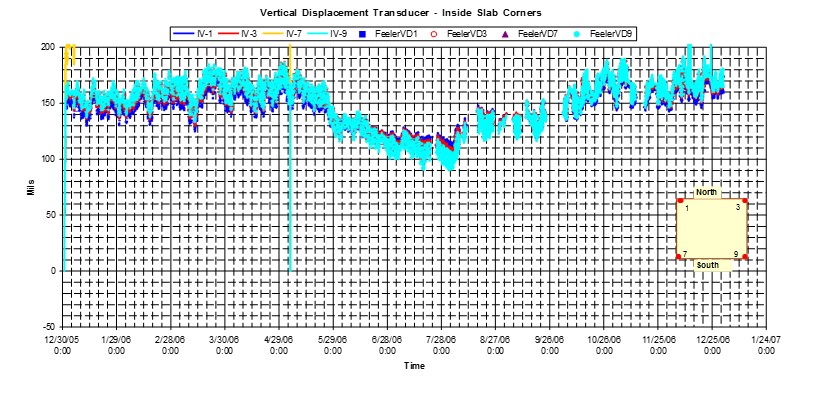
FIGURE 3. Upward Displacement of Corners, Inside Slab, Year 2006.
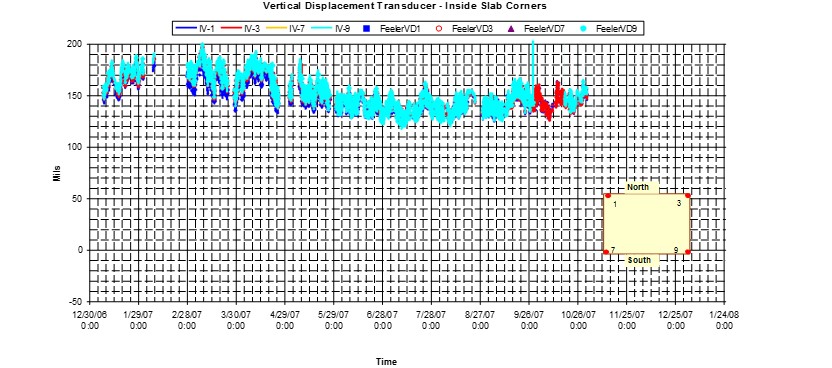
FIGURE 4. Upward Displacement of Corners, Inside Slab, Year 2007.
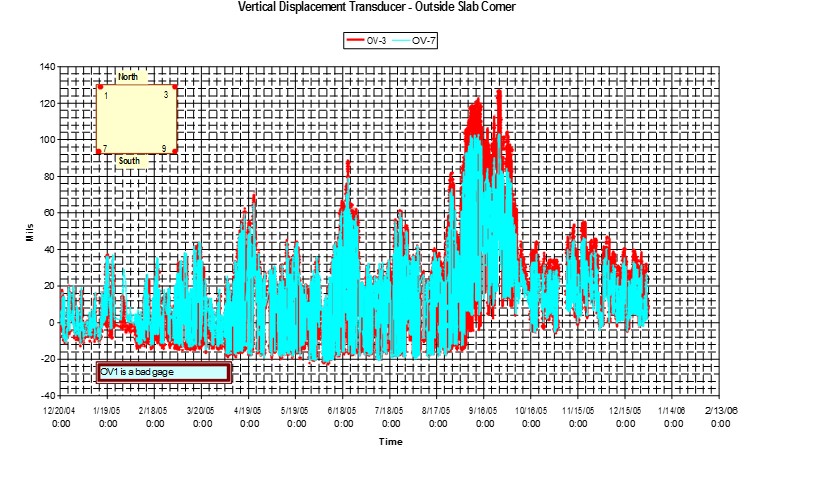
FIGURE 5. Upward Displacement of Corners, Outside Slab, Year 2005.
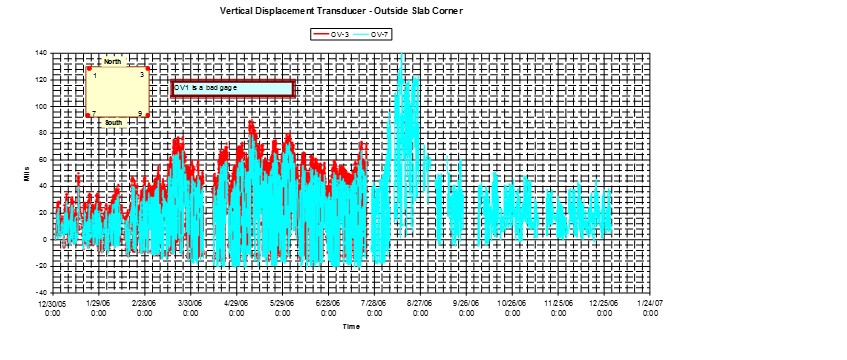
FIGURE 6. Upward Displacement of Corners, Outside Slab, Year 2006.
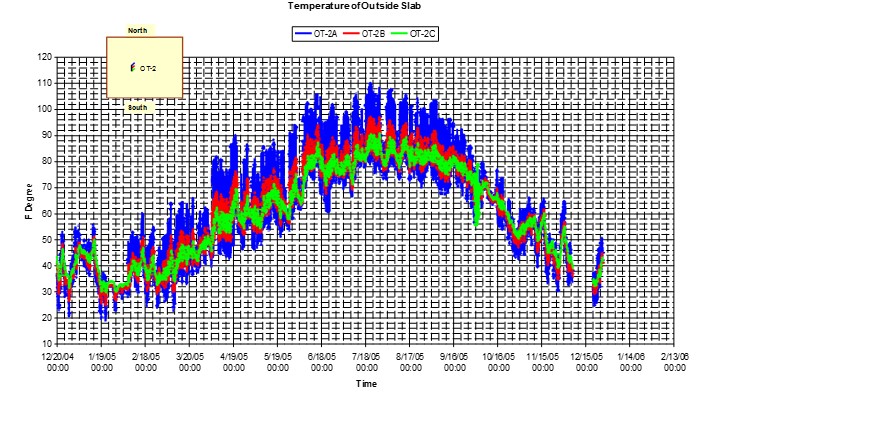
FIGURE 7. Concrete Temperatures through Thickness of Outside Slab, Year 2005.
Accordingly, upward displacement, or “reverse curl,” was noted at the center of the outside slab. At the time the center separated from the base, the corners were back in contact. Figure 8 shows reverse curl undergoing a daily cycle at the slab center during the first year following curing and was noted again during the second.
Sunlight in the outdoor environment caused the phenomenon of reverse curl, starting in latter morning, peaking in midafternoon, and ending in latter evening. The 20 mil (0.5 mm) offset, seen in Figure 8, was the result of an unexplained shift in the data and not indicative of anything related to the slab behavior. The vertical transducer at the center of the slab was affected by the outdoor environment and no longer delivered reliable signals after the middle of the second year following curing. It should be emphasized that there was no reverse curl at the center of the inside slab.
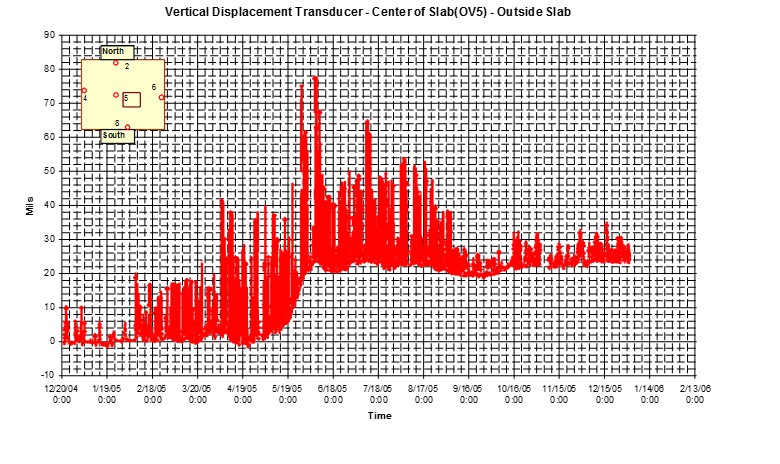
FGURE 8. Upward Displacement of Center, Outside Slab, Year 2005.
Summary
The individual slabs of a concrete pavement, placed in the indoor environment, will tend to undergo significant permanent curl during their lifetime. Slab corners can be expected to separate from the supporting base. The curl can be such that premature top down cracking is likely to occur at the slab corners when the pavement is subjected to test loading unless procedures are adopted to mitigate the curl. Keeping the pavement continually wet was found to be an effective procedure at the NAPTF. Daily variations in concrete temperatures, and consequently in the curl, are not as severe in the indoor environment as they would be in the outdoor environment. Concrete slabs are not expected to experience reverse curl in the indoor environment.
Reference
1. Guo, E.H., Dong, M., Daiutolo, H., Curling Under Different Environmental Variations As Monitored In A Single Concrete Slab, Proceedings, 8th International Conference on Concrete Pavements, August 2005, Colorado.
2. Hayhoe, G. F., Guo, E.H., and Garg, N., Direct Measurement of Non-Traffic Load Effects on PCC Pavement Responses, Proceedings, 4th International Conference on Road and Airfield Pavement Technology, April 2002, Kunming, China.
3. Ricalde, L. and Daiutolo, H., New Rigid Pavement Construction and Testing at the FAA National Airport Pavement Test Facility (NAPTF), Proceedings of the Fifth International Conference on Road and Airfield Pavement Technology, May 2005, Seoul, Korea.